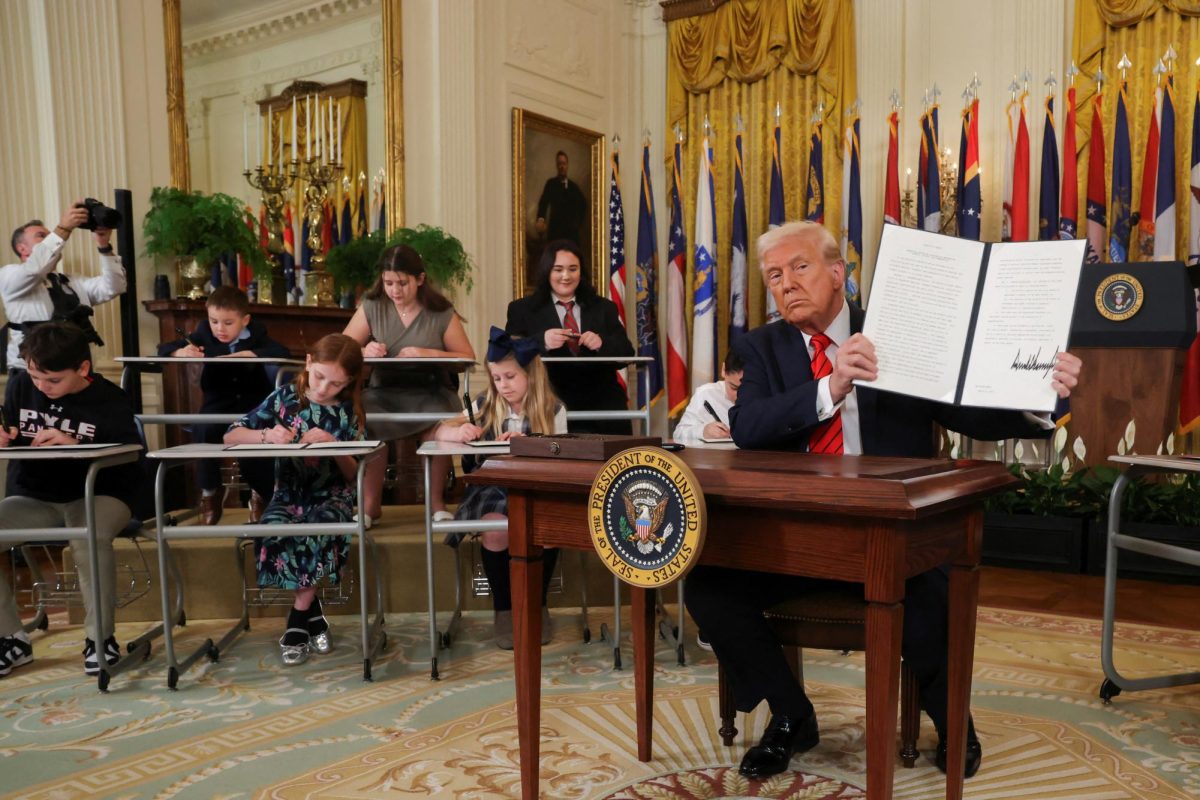Compared to other first-world countries, the U.S. has never stood out in education. With the dismantling of the Department of Education, the U.S. could risk further slip in global education rankings. However, Americans have polarizing views on this department with Republicans longing to diminish the department and Democrats standing by the department and saying it will cause nothing but harm. This is just the newest department President Trump has significantly reduced. Since January 20th, it has seemed as if Trump is trying to mirror Ronald Reagan’s presidency with immense government spending and employment cuts. Additionally, this longing desire to shred the Department of Education took off after Reagan’s 1982 State of the Union address where he reiterated a substantial campaign promise to cut the department’s costs and ensure local authority makes the decisions regarding education and not Washington. Like Reagan, Trump is a firm believer that education should be handled at the state and local levels. However, his main reason for cutting the department was because he believed that it was another extraneous agency in Washington. To determine whether there’s any credibility to these claims it’s essential to understand what the department does and how they operate.
The Department of Education’s main responsibilities consist of providing student aid, and loans, enforcing non-discrimination and civil rights laws in education, and influencing curriculum and standardized testing. The Department of Education also has a strong influence on the legislature and pushes for the passage of bills such as the No Child Left Behind Act which called for annual testing to ensure kids were receiving a quality education. Some other major achievements of the Department of Education are providing people with disabilities access to public schools and Race to the Top which was a multi-billion dollar grant that spurred states to improve teaching efficiency and help struggling schools. On the contrary, if states were to be the sole governing body for education, there would be drastic changes. States would have full control over their curriculum standards, be able to determine policies such as certification for educators and have to create new aid programs using state funding. Additionally, states would have to make up for the money that the Department of Education provided through state taxes or fees. However, the most pressing issue for supporters of the department is that certain students may lose their civil rights protections regarding education. Vulnerable are kids of color and disabled kids. However, most states are adamant about providing a top-grade education.
The annual budget for the Department of Education is typically above 250 billion with it being 268 billion for the year 2024 making it the sixth largest spending federal agency. Despite misleading headlines, it’s important to know that the department can’t be completely dismantled without congressional approval, however, Trump is cutting down on spending by using his executive power and proposing some cuts to Congress, but he has stated that he wants to keep the core pillars of the Department of Education.
Although it’s widely controversial and seemingly dystopian, limiting the Department of Education is part of Trump and Republicans plans to cut down wasteful government spending and ease the burden of taxpayers. However, high-quality education is crucial to a successful country and hopefully, these cuts to the Department of Education don’t sacrifice the critical thinking and knowledge of citizens to save money.

